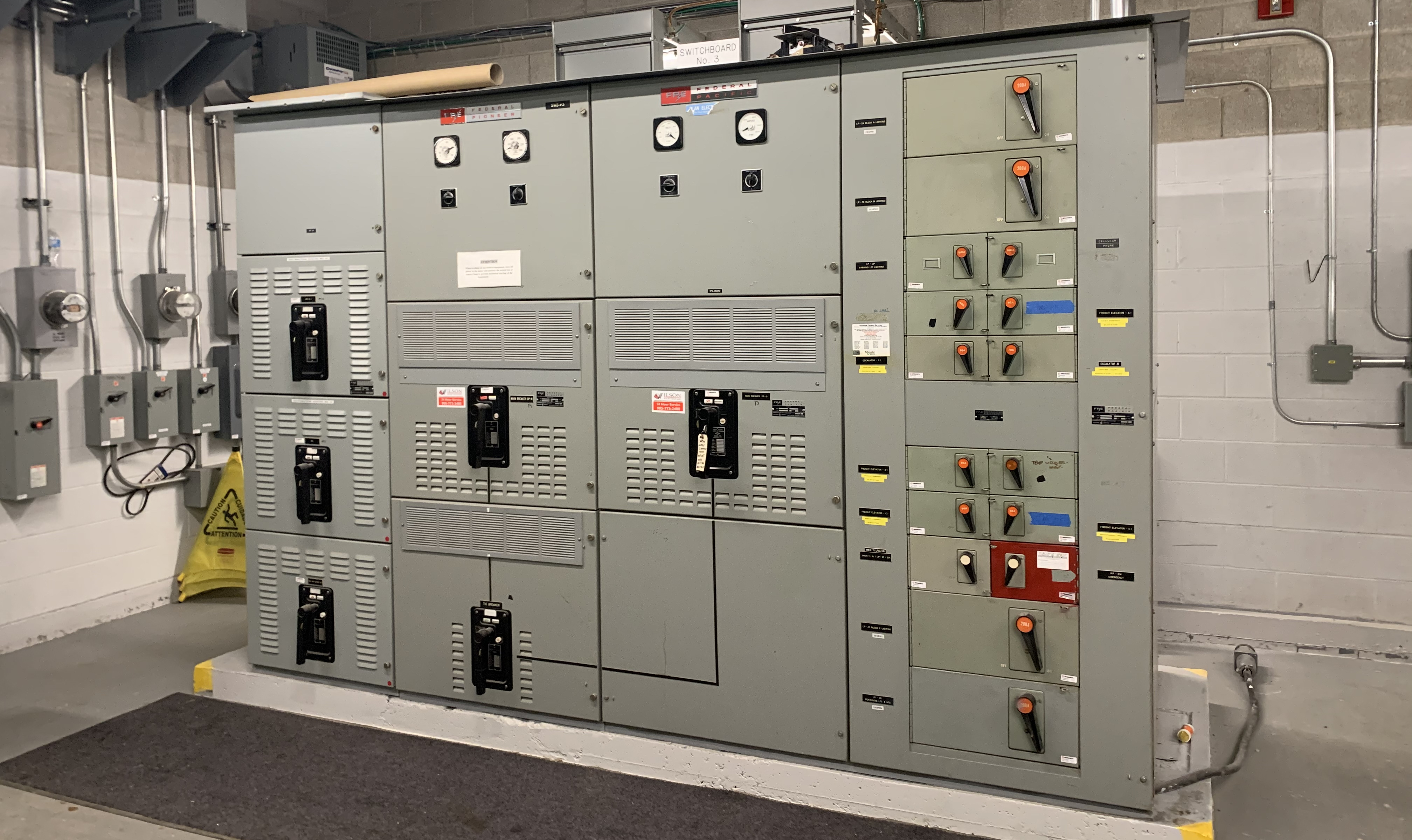In the midst of uncertainty with the current state of government energy rebates, and as electricity prices continue to rise, Ontario’s case for Solar Net Metering is strong today and will continue to increase in value each year of operation. Solar equipment prices have come down significantly in the past 10 years and the low costs of equipment make it a great time to invest in Solar for your home or business.
However, one major hurdle continues to be the interconnection design for customers. While working to comply with the Ontario Electrical Safety Code (OESC), costs can quickly be driven up if the facility needs to upgrade the switchgear to meet these regulations. This blog was written to offer strategies to those interested in installing solar to find solutions to mitigate some of these costs.
The Challenge for Net Metering with Busbar Limitations
A Solar Net Metering project consists of the modules, inverters, protection equipment, combiners and interconnection to a building that sits “behind the meter.” This interconnection is typically made into the facility's switchgear, and enables energy generated by solar panels to be consumed at the facility first, with any extra generation exported through the meter. All of this additional energy that is sent back through the meter is converted into “credits” for the facility to use at a later date, typically in low sun times or during winter months. This ensures if you generate more energy than you consume, that additional energy is not wasted.
For those installing a Solar System for Net Metering, the OESC rule 64-112 states that the incoming source circuits onto a busbar must not exceed 120% of the busbar rating. For example:
| Rule 64-112, 120% rule allows for 120% of source circuits or 1,200A to be connected to the busbar. | 1,200A |
| Switchgear & Busbar without Solar generation (1000A, 600V) | 1,000A |
| Remaining bandwidth for Solar Generation | 200A |
A facility typically has a matching main breaker feeding the busbar (1,000A, 600V) main breaker which means that the only a 200A solar generation project could be connected at the facility. A solar generation facility of this small size wouldn’t benefit from economies of scale when designing the Solar System, and therefore would only offset a small portion of the total electricity costs of the facility.
The challenge is that the customer is either stuck with a small project or the customer has to upgrade the switchgear which, as the blog title implies, adds a high amount of capital costs to the system.
So what can you do to avoid this additional cost?
What Can I Do About Busbar Limitations?

Luckily, there are ways to mitigate these downsides to achieve economies of scale. One of the primary methods is simply offsetting all electricity usage and avoiding increased capital costs of switchgear upgrades.
The Electrical Safety Authority (ESA) has permitted protection relays that allow the monitoring of incoming current to ensure the 64-112 busbar limitations are never exceeded. This solution is typically vastly more cost effective and sometimes necessary as a switchgear upgrade’s physical size can be a constraint.
Of course, there's other ways that Ontarians can save when building their Net Metering system. If you're unsure of the numbers, this is a solution we've helped many customers navigate.
Unsure how Busbar Limitations will affect your Solar Net Metering System?
Compass makes renewable and clean energy a reality by providing expert and nuanced advice to decision makers. We provide detailed feasibility analyses so you have a clear understanding on the economic benefits of going solar today. We’ll be your guide for all projects including Net Metering, Battery Storage and much more.
Compass has supported the development of over 1,000 MW of clean and renewable energy over the last five years. We're devoted to providing objective and nuanced advice on risks and rewards associated with renewable and clean energy installations. There's a reason that over 70% of our clients over the last three years have engaged with us on multiple assignments.
Are you wondering if the economics of Solar make sense for you? We provide everything from basic billing analysis, to feasibility studies, to fully optimized system design. Contact us today to get started!



